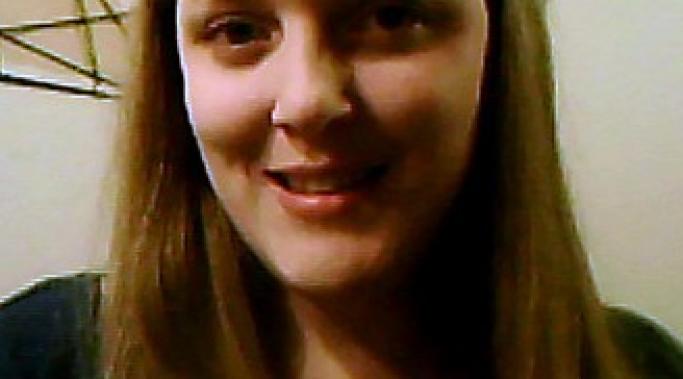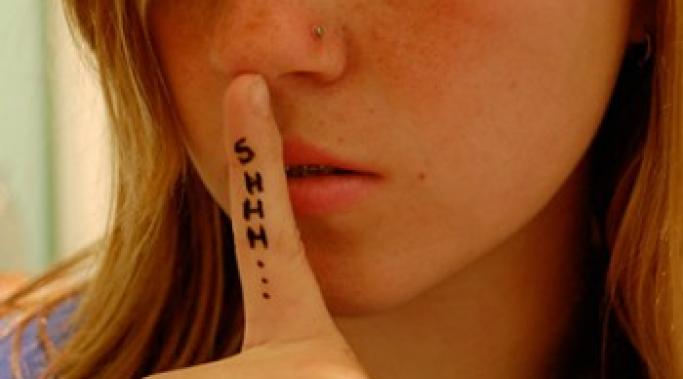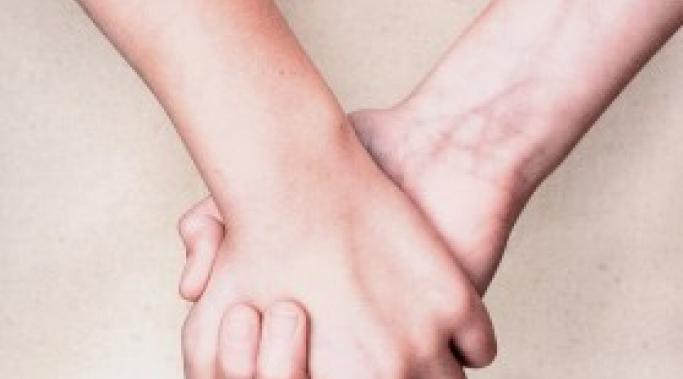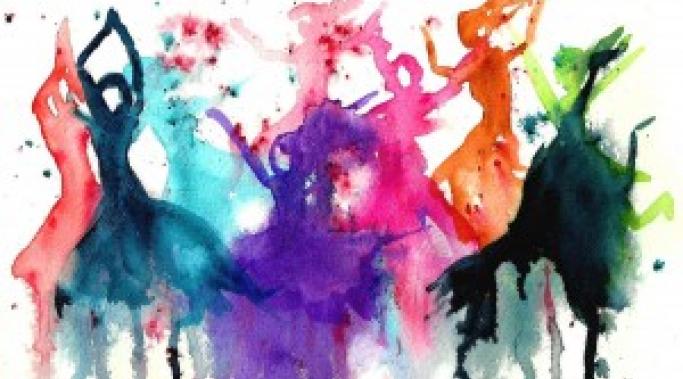Many people have experiences with dissociation, and at its most extreme, one may be diagnosed with dissociative identity disorder (DID). Sometimes dissociation is a pleasant alternative to dealing with the anxiety or fear that triggered it. Other times, however, dissociation itself may be very scary and cause anxiety. One tool for coping with frightening dissociation is to use a safe object.
Dissociative Living
Living with dissociative identity disorder (DID) can be a perplexing reality. There are many symptoms, including depersonalization and derealization. One symptom involves “losing time” or “blacking out” for periods of time. This happens with no drugs or alcohol in the system. It is scary to realize that you've lost time, and sometimes the person may not realize it at all.
Dissociation is a common phenomenon. Most people will experience dissociation at some point in their lives. It becomes a disorder, like in dissociative identity disorder (DID), when it is so frequent or severe that it interrupts a person's daily life. One common technique used for dissociation is called grounding. It is a technique that helps a person regain connection with his or her physical body. This may often end the dissociation, or will at least make it more bearable.
Hello, my name is Sherry Polley. I am currently 31 and living in Indianapolis, Indiana. I will be blogging for the Dissociative Living blog. I was formally diagnosed with dissociative identity disorder (DID) around 2008. I have since recovered from the disorder due to therapy and a miraculous medication. I had been living with the disorder for my entire life, and found it to be very confusing until I received and understood the diagnosis of DID. It wreaked havoc on my life and was very painful. I did a lot of unpleasant things when my alters would take over and my loved ones were very concerned about my behaviors. I am here to tell you that recovery is possible, from dissociative identity disorder as well as others.
When my brother was little, he went to school one day, climbed on top of his desk, and screamed. He didn't say anything. He just screamed. Nobody asked him why. When he ran away from home a few years later, the pastor of our church came over, witnessed my father's performance as a remorseful parent, and didn't concern himself with what exactly my father had to feel so regretful about. When I was six, my mother took me to a doctor – one of my father's colleagues – who asked her what had happened to make me bleed. I don't remember what she told him. All I know is that it wasn't the truth. She didn't know the truth. Only I and my father did. And no one asked me. Of course, by then I already had dissociative identity disorder (DID). Who knows what I would've said if they'd asked.
Of all my Dissociative Living posts, only one was written for partners of people with dissociative identity disorder (DID). Maybe that's why the emails I still receive now and again from readers are almost always from partners. And the emails are always the same: something like, “I love my partner, but someone in their system broke up with me/told me to go away. Other parts love me and want me around. What should I do?” It's uncanny, really, how nearly identical each of these emails are. And here, once and for all, is my response to everyone who finds themselves desperate to know what they can do about their partner with dissociative identity disorder.
When I said that The Courage to Heal isn’t on my recommended reading list, I thought I knew precisely why I felt that way. Written for survivors of child sexual abuse and popular among people with dissociative identity disorder, the book seems to assume that the reader has repressed memories, even going so far as to say in its first edition, “If you are unable to remember any specific instances [of abuse] but still have a feeling that something abusive happened to you, it probably did.” That quote felt deeply problematic to me, but in hindsight, I see that I didn’t fully understand why. Now I do: it’s unintentionally reminiscent of the mind-bending child sexual abuser logic that helped cultivate my dissociative identity disorder.
I developed dissociative identity disorder in much the same way that many people do. I grew up with an abusive father and a loving, but oblivious, mother who inadvertently taught me how to pretend that what was happening to me wasn’t happening at all. I was an imaginative child and dissociation came easy to me. Telling the truth about what was going on in my home, however, has never been easy. So, when I told you not to go around saying that child abuse causes dissociative identity disorder, I didn’t do it because I wasn’t abused; I did it because I was.
These days, when I think about Dissociative Living, I think of it as a series of letters from me to you – "you" being anyone who lives with Dissociative Identity Disorder (or DDNOS, but I lump you guys under the DID umbrella for efficiency’s sake). It feels personal to me, like an intimate – though public -- correspondence. These letters I’ve written are about a thing we have in common, a serious thing, oftentimes a painful thing. I feel uneasy about some of those letters. I feel uneasy because I know just how vulnerable and suggestible a person can be when they’re struggling with something serious and painful. These days, when I think about Dissociative Living, I think that some of my letters may have hurt you. To begin with, there’s that last letter: the one about how I’m crazy.
I am crazy. I am a fraud. I wanted to understand dissociative identity disorder (DID) because I wanted to understand myself. I didn't like it, though, all this multiple personalities crap that made me feel out of control. So I changed it. I made DID okay. Hard, but okay.







